News
EPJ H Highlight - A question of reality
- Details
- Published on 24 September 2020
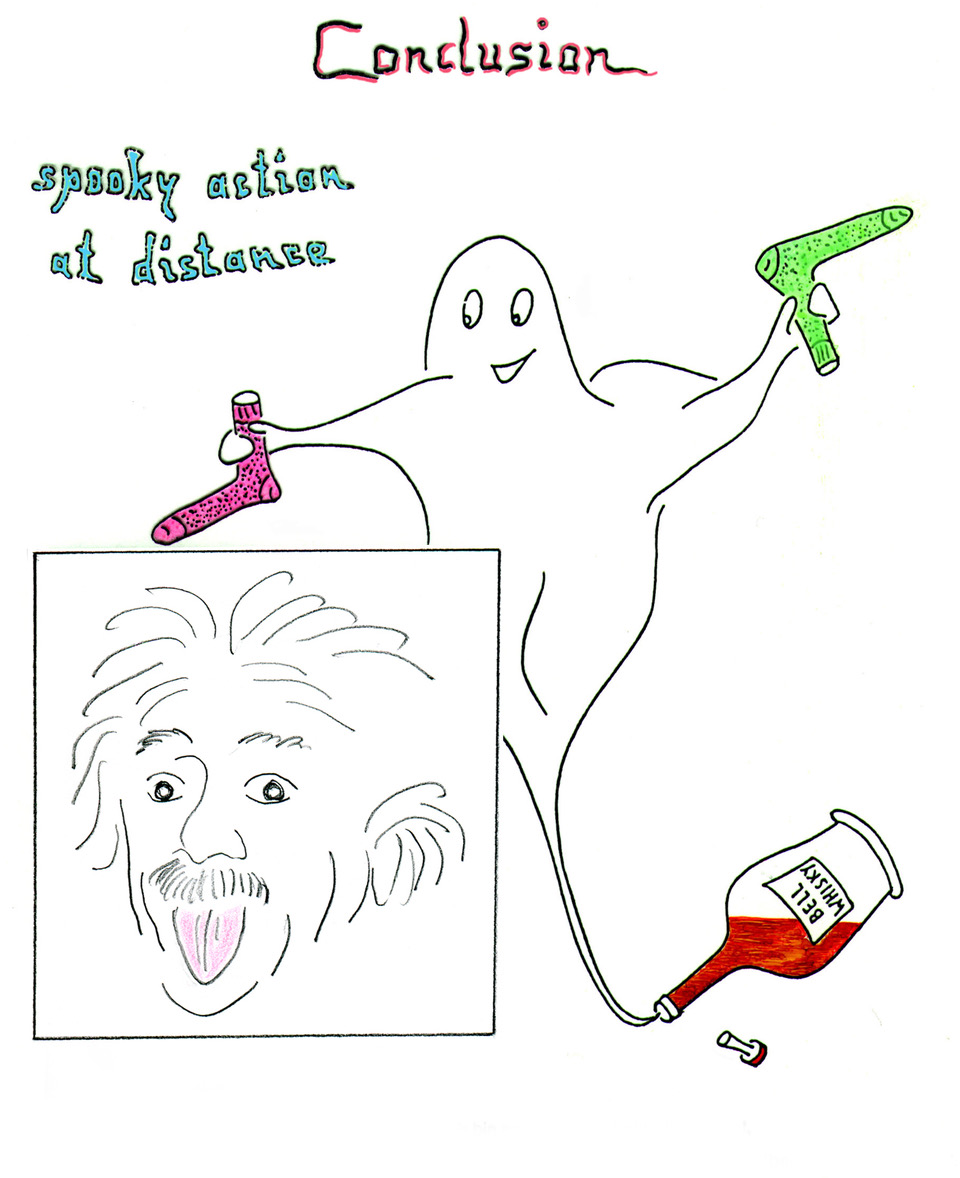
John Stewart Bell’s eponymous theorem and inequalities set out, mathematically, the contrast between quantum mechanical theories and local realism. They are used in quantum information, which has evolving applications in security, cryptography and quantum computing.
The distinguished quantum physicist John Stewart Bell (1928-1990) is best known for the eponymous theorem that proved current understanding of quantum mechanics to be incompatible with local hidden variable theories. Thirty years after his death, his long-standing collaborator Reinhold Bertlmann of the University of Vienna, Austria, has reviewed his thinking in a paper for EPJ H, ‘Real or Not Real: That is the question’. In this historical and personal account, Bertlmann aims to introduce his readers to Bell’s concepts of reality and contrast them with some of his own ideas of virtuality.
EPJ B Highlight - Impurities enhance polymer LED efficiencies
- Details
- Published on 23 September 2020
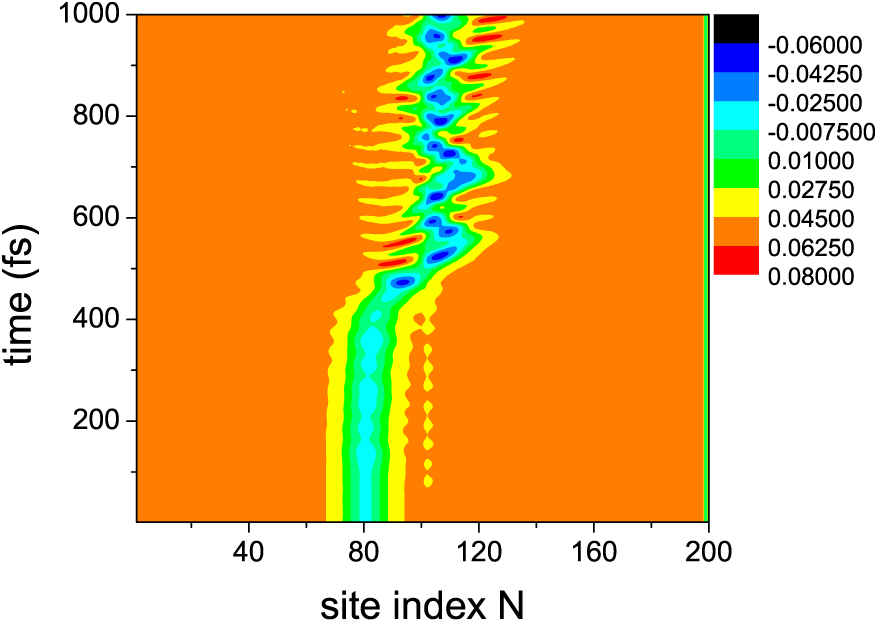
Molecular dynamics simulations have shown that the mysteriously high efficiency of polymer LEDs arises from interactions between triplet excitons in their polymer chains, and unpaired electrons in their molecular impurities.
Polymer LEDs (PLEDs) are devices containing single layers of luminescent polymers, sandwiched between two metal electrodes. They produce light as the metal layers inject electrons and holes into the polymer, creating distortions which can combine to form two different types of electron-hole pair: either light-emitting ‘singlets,’ or a non-emitting ‘triplets.’ Previous theories have suggested that the ratio between these two types should be around 1:3, which would produce a light emission efficiency of 25%. However, subsequent experiments showed that the real value can be as high as 83%. In new research published in EPJ B, physicists in China, led by Yadong Wang at Hebei North University, found that this higher-than-expected efficiency can be reached through interactions between triplet excitons, and impurities embedded in the polymer.
EPJ Plus Highlight - Understanding electron transport in graphene nanoribbons
- Details
- Published on 10 September 2020
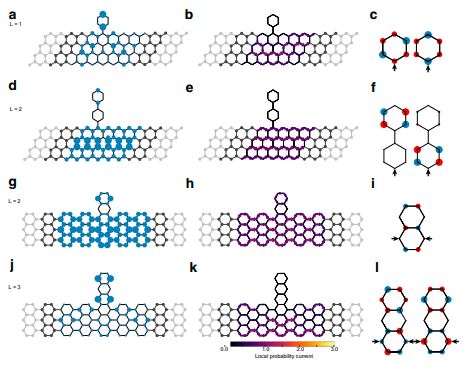
New understanding of the electrical properties of graphene nanoribbons (GRBs), when bounded with aromatic molecules, could have significant benefits in the development of chemosensors and personalised medicine.
Graphene is a modern wonder material possessing unique properties of strength, flexibility and conductivity whilst being abundant and remarkably cheap to produce, lending it to a multitude of useful applications – especially true when these 2D atom-thick sheets of carbon are split into narrow strips known as Graphene Nanoribbons (GNRs). New research published in EPJ Plus, authored by Kristiāns Čerņevičs, Michele Pizzochero, and Oleg V. Yazyev, École Polytechnique Fédérale de Lausanne (EPFL), Lausanne, Switzerland, aims to better understand the electron transport properties of GNRs and how they are affected by bonding with aromatics. This is a key step in designing technology such chemosensors.
EPJ B Colloquium - Understanding nonequilibrium scaling laws governing collapse of a polymer
- Details
- Published on 03 September 2020
Recent emerging interest in experiments of single-polymer dynamics have encouraged computational physicists to revive their understanding of these phenomena, particularly in the nonequilibrium context. In a Colloquium recently published in EPJB, authors from Institut für Theoretische Physik at the University of Leipzig discuss the currently evolving approaches of investigating the evolution dynamics of homopolymer collapse using computer simulations.
EPJ D Colloquium - Simulating lattice gauge theories within quantum technologies
- Details
- Published on 17 August 2020
EPJ D Highlight - Measuring electron emission from irradiated biomolecules
- Details
- Published on 06 August 2020

OrigiA new experiment has characterised the properties of the electrons emitted when a key constituent of DNA is bombarded with high-velocity ions.
When fast-moving ions cross paths with large biomolecules, the resulting collisions produce many low-energy electrons which can go on to ionise the molecules even further. To fully understand how biological structures are affected by this radiation, it is important for physicists to measure how electrons are scattered during collisions. So far, however, researchers’ understanding of the process has remained limited. In new research published in EPJ D, researchers in India and Argentina, led by Lokesh Tribedi at the Tata Institute of Fundamental Research, have successfully determined the characteristics of electron emission when high-velocity ions collide with adenine – one of the four key nucleobases of DNA.
EPJ B Highlight - Updating Turing’s model of pattern formation
- Details
- Published on 03 August 2020
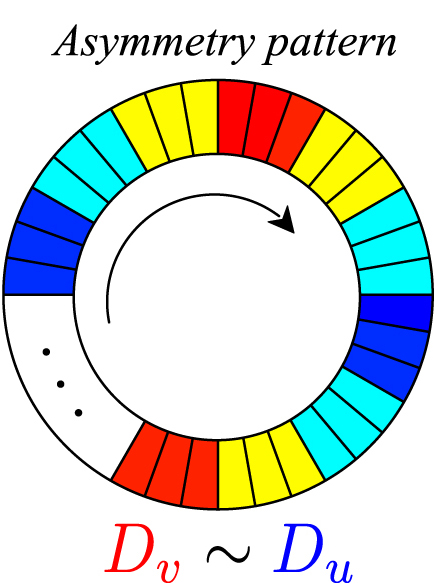
Through fresh analysis of a method first proposed by Alan Turing to explain the diversity of natural patterns, a team of researchers offer new explanations of how living systems can order themselves on large scales.
In 1952, Alan Turing published a study which described mathematically how systems composed of many living organisms can form rich and diverse arrays of orderly patterns. He proposed that this ‘self-organisation’ arises from instabilities in un-patterned systems, which can form as different species jostle for space and resources. So far, however, researchers have struggled to reproduce Turing patterns in laboratory conditions, raising serious doubts about its applicability. In a new study published in EPJ B, researchers led by Malbor Asllani at the University of Limerick, Ireland, have revisited Turing’s theory to prove mathematically how instabilities can occur through simple reactions, and in widely varied environmental conditions.
EPJ Plus Focus Point on Nanotechnology, Nanomaterials and Interfaces
- Details
- Published on 24 July 2020
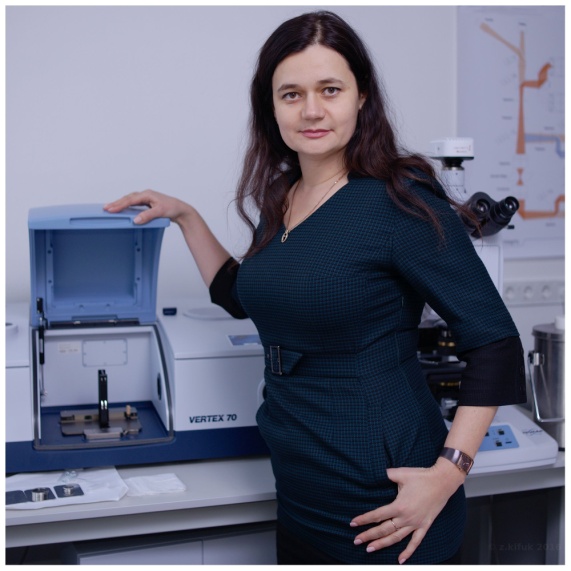
The Special Issue contains the articles which were presented at the International research and practice conference “Nanotechnology and Nanomaterials” (NANO-2018), which was organized by the Institute of Physics of NAS of Ukraine with the participation of the Yuriy Fedkovych Chernivtsi National University (Ukraine), University of Tartu (Estonia), University of Turin (Italy), Pierre and Marie Curie University – Paris 6 (France).
The Special Issue gathered high-level articles at the forefront of nanoscience research which is devoted to: the optical absorption by a nanosystem with dielectric quantum dots; the fabrication of crystalline Bi2TeO5 - Bi4Si3O12 - SiO2 nanocomposite; the existence of both size and “even-odd” effects for the lifetime of carbyne-based nanodevices consisting of two graphene sheets connected by a carbyne chain; the adsorption properties of the silica-titanium mixed oxide; the adsorption properties and application perspectives of BSA films as sensitive coatings for gas sensors; the properties of MgFe2O4; to the problem of band broadening of SPR; the structural studies concerning the formation of self-assembled indium deposited nanostructures on the (100) surface of In4Se3 layered semiconductor and the possibility of constructing the general dynamic properties of a conduction electron injected into graphene in the rectangular lattice approximation.
The Guest Editor, Olena Fesenko, hopes that this collection provides a quick overview on recent trends in this emerging field of research.
Michel Calame joins the EPJ Scientific Advisory Committee (SAC)
- Details
- Published on 23 June 2020

The Scientific Advisory Committee of EPJ is delighted to welcome Professor Michel Calame as the new representative for the Swiss Physical Society.
Michel Calame is head of the Transport at Nanoscale Interfaces Laboratory at the Swiss Federal Laboratories for Materials Science and Technology (Empa) and Professor of Nanoscience at the University of Basel in Switzerland.
His expertise is in nano- and molecular scale electronics and in the quantum transport properties of heterogeneous nano-scale devices. He served as a board member of the Maths, Astronomy and Physics Platform at the Swiss Academy of Sciences from 2007 to 2012 and was the head of the Swiss Nanoscience Institute PhD School from 2013 until 2016.
EPJ E Highlight - Polymers can fine-tune attractions between suspended nanocubes
- Details
- Published on 19 June 2020

Interactions between hollow silica nanocubes suspended in a solution can be adjusted by varying the concentration of polymer molecules added to the mixture.
Colloids are complex mixtures in which microscopic particles of one substance are suspended evenly throughout another. They can be prepared in many different ways, but to achieve desirable properties in the final mixture, researchers must maintain a delicate control over the interactions which take place between the particles. In new research published in EPJ E, a team led by Remco Tuinier at the Eindhoven University of Technology in the Netherlands demonstrate this level of control for a type of colloid in which the suspended particles take the form of hollow, nanoscale cubes – a case which has only previously been explored through theoretical calculations.




